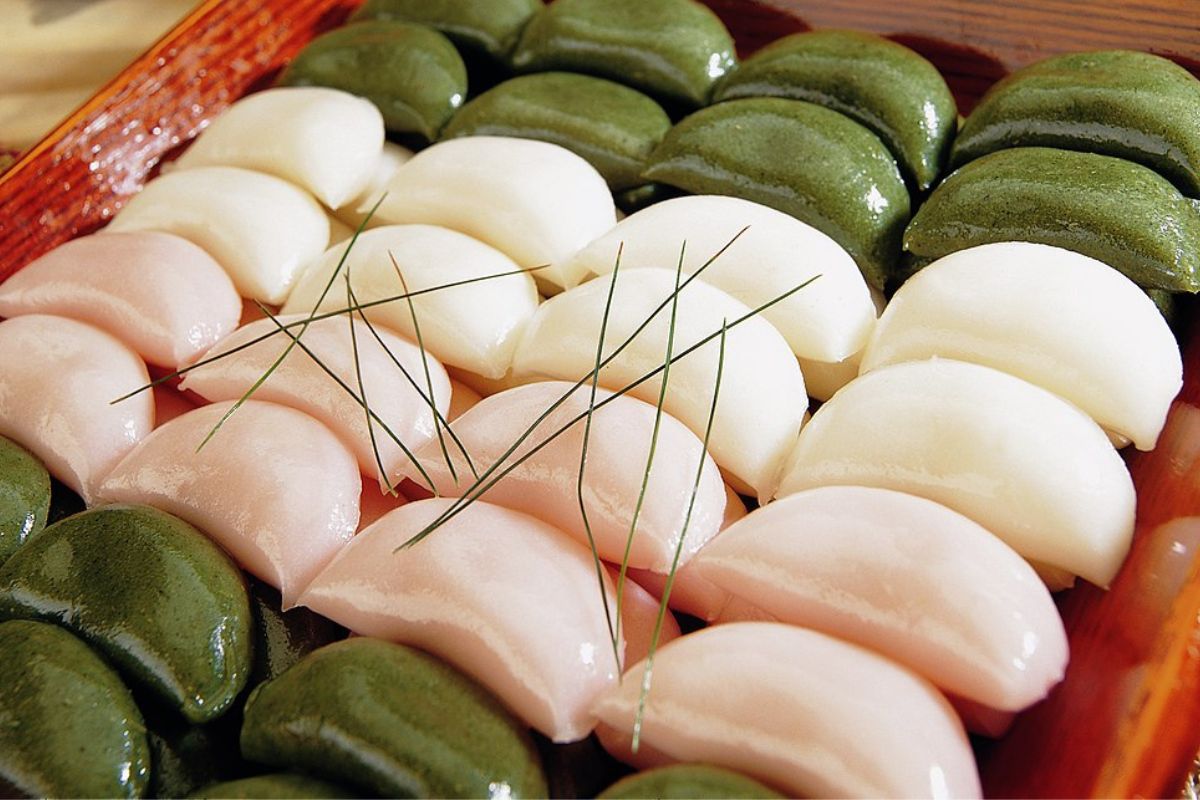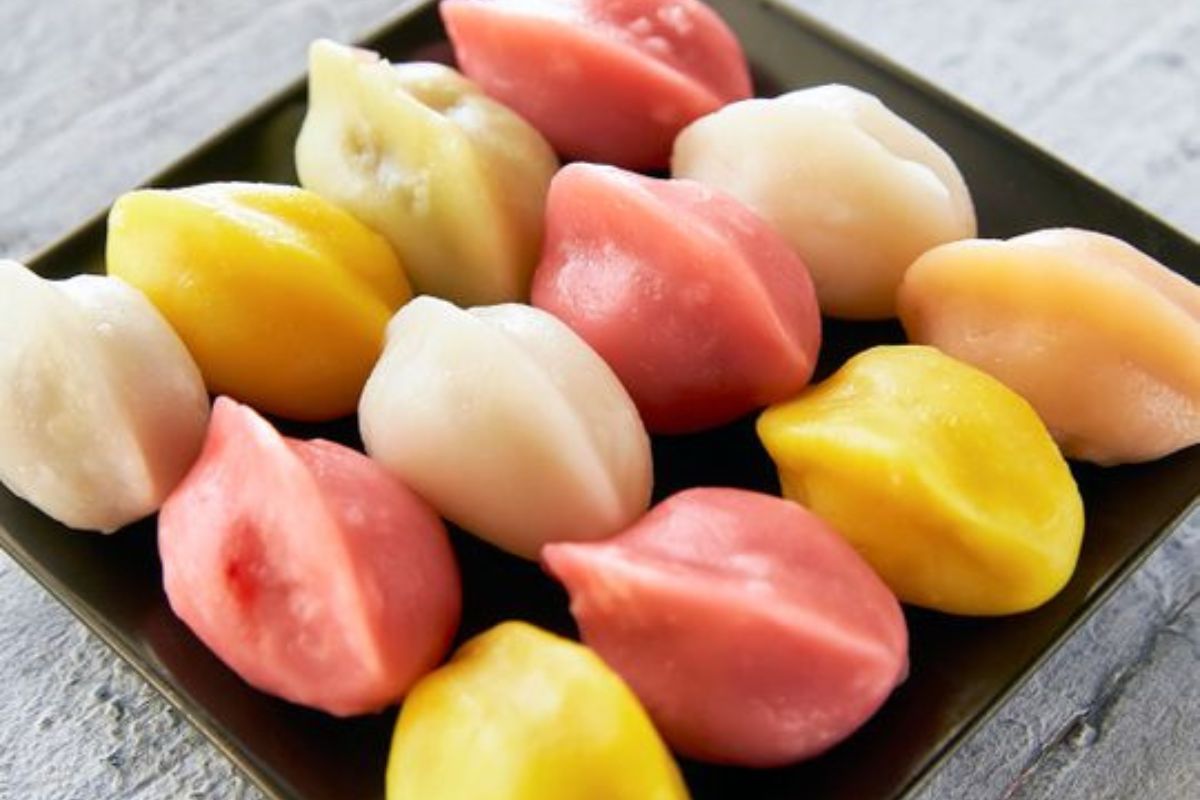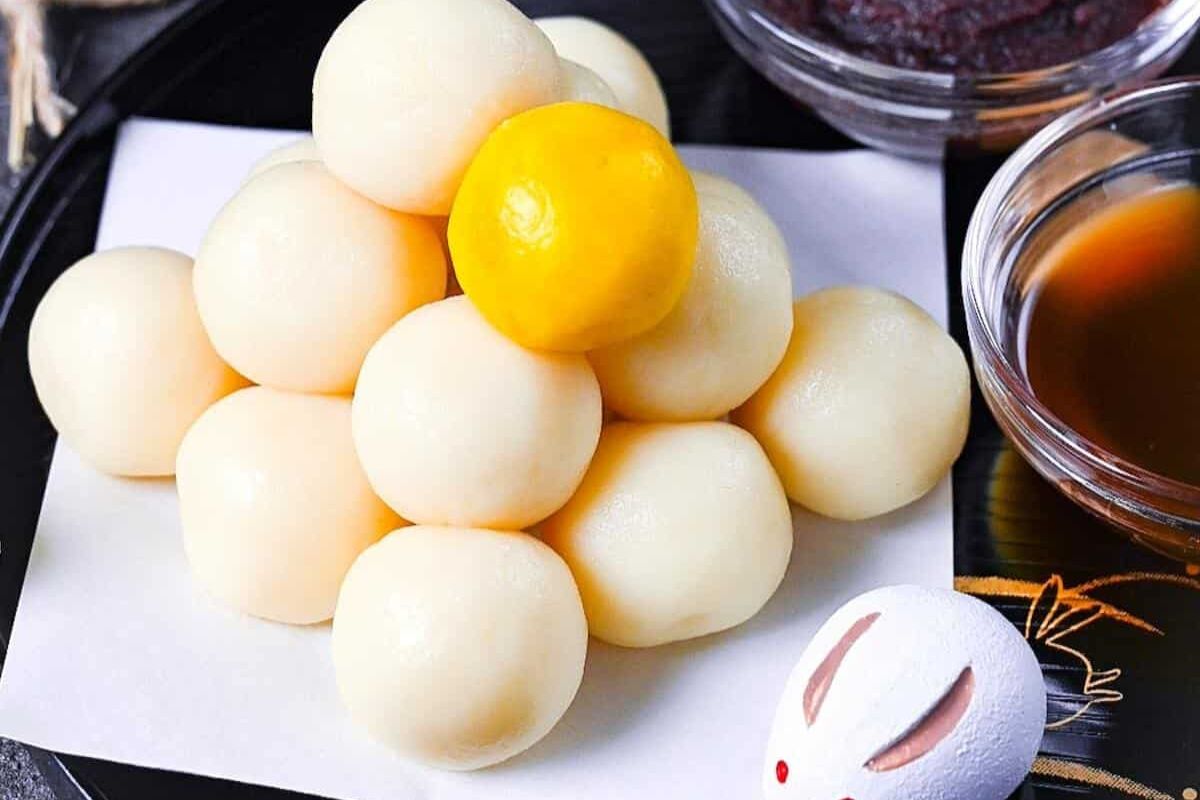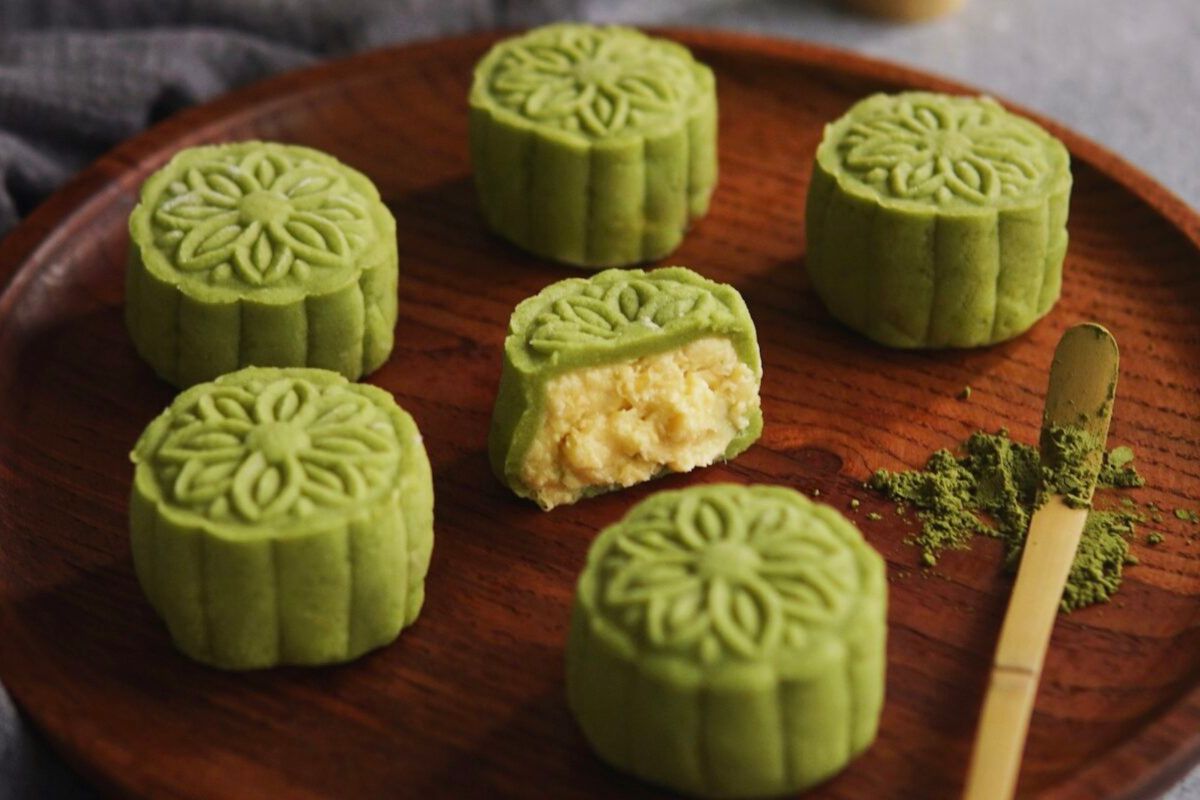The Mid-autumn festival has long been a special occasion for family members to gather and reunite. In Asia, this festival is considered an indispensable part of important holidays. One of the specialties of this event is mooncakes, which are diverse depending on the culture of each nation.
Mooncakes in Asian countries are not the same. Each cake carries a unique message, which is a special teaching from ancestors for succeeding generations. It is not natural that moon cake is a traditional cake for people from all over the world. No matter what shape it takes, mooncakes still exude the characteristics of each country and nation that they represent.

Songpyeon: A traditional cake that symbolizes the imperfection of Koreans
Chuseok, which is celebrated on August 15 according to the lunar calendar, is a significant festival in Korean culture. The food served on this occasion is deliberately and thoroughly prepared. On this day, songpyeon, a traditional rice cake packed with sesame, beans, red beans, and chestnuts, is the national dish of Korea. Pine needles are frequently steamed with songpyeon to make the aroma more attractive.
Songpyeon cake is a typical culinary symbol for the Korean Mid-autumn festival. The cake is just a little bigger than a golf ball, shaped like a half moon as for Koreans, the crescent moon symbolizes growth and future potential.
On the previous night of Chuseok, every family member will gather and make Songpyeon cakes. Koreans believe that those who can make a beautiful rice cake will meet a good spouse or give birth to a beautiful child. Therefore, everyone, especially single people, tries to make the most beautiful Songpyeon.

Photo: Gulf News
Sweety Japanese Tsukimi Dango rice cakes on the full moon day of the Mid-autumn festival
Like China and Vietnam, Japanese culture also has Asian influences. Therefore, they have the custom of worshiping the moon on the full moon day of the 8th lunar month every year. Tsukimi Dango was chosen as a dish to thank the gods for the past crops, and to wish for good things to come in the next crop. Tsukimi Dango has many different shapes depending on the customs and habits of each region such as round, and rectangular but the round cake is the most popular.
Dango is a type of rice flour cake that looks and tastes quite similar to mochi. Japanese people can eat this cake all year round, but Tsukimi Dango only appears on the full moon day of the Mid-autumn festival. Cakes are usually arranged in the shape of a pyramid on a wooden shelf, perhaps accompanied by a few kinds of fruit. People often display 15 pieces representing the full moon day of the lunar calendar. However, there are also places where only 12 pieces are displayed, representing the 12 months of the year.
Japanese people often enjoy Tsukimi Dango with tea. Sipping a little warm green tea with a faint aroma, combined with the sweetness of the cake in the mouth creates an extremely harmonious blend of flavors.

Photo: Sudachi Recipes
Amazing flavor of Cambodian green sticky rice cake
Cambodian people enjoy the Mid-autumn festival with green sticky rice cake, a rustic traditional dish with the pride of the locals in the land of a thousand temples.
As one of the dishes that show the characteristics and culinary quintessence of Cambodia, green sticky rice cake is often introduced to diners. Although green sticky rice cake is a rustic dish, it has a very unique flavor. The rice cake dish collects the flavor from the early rice grains which have the sweet taste and the typical intact aroma. Newly bloomed rice plants are the best ingredients to make green sticky rice cake. Cambodians believe that those plants can retain their delicious taste and characteristic scent.
Green sticky rice cake after being offered will be shared for everyone to enjoy together. Because of its unique delicious flavor and sophisticated preparation, green sticky rice cake has become one of the most attractive specialties, making Cambodians proud and recommending it to friends from all over the world in the Mid-autumn festival.

Sticky rice mooncake: An indispensable specialty during the Mid-autumn festival of Singaporeans
Sticky rice mooncake is a featured dish for Singaporeans during the Mid-autumn festival. Traditional mooncakes in Singapore are often made with the filling of red beans, lotus seeds, or some typical kinds such as green tea cakes, pumpkin cakes, or durian ones with colorful variations.
However, it can be said that durian-filled sticky rice mooncake is the typical mooncake in the Mid-autumn festival in Singapore. If durian is a difficult-to-swallow fruit for people in some countries, most of the locals here love the taste of this fruit.
Originally the Mid-autumn festival in Singapore was associated with worshiping the moon god to pray for a good harvest. This is also an opportunity for people to celebrate the fall harvest with cozy family gatherings and enjoy sweet moon cakes together. Nevertheless, in modern Singapore, although most families no longer maintain the custom of worshiping the moon god, the sticky rice mooncake still has the round shape of the moon.

Photo: The Bakeanista

